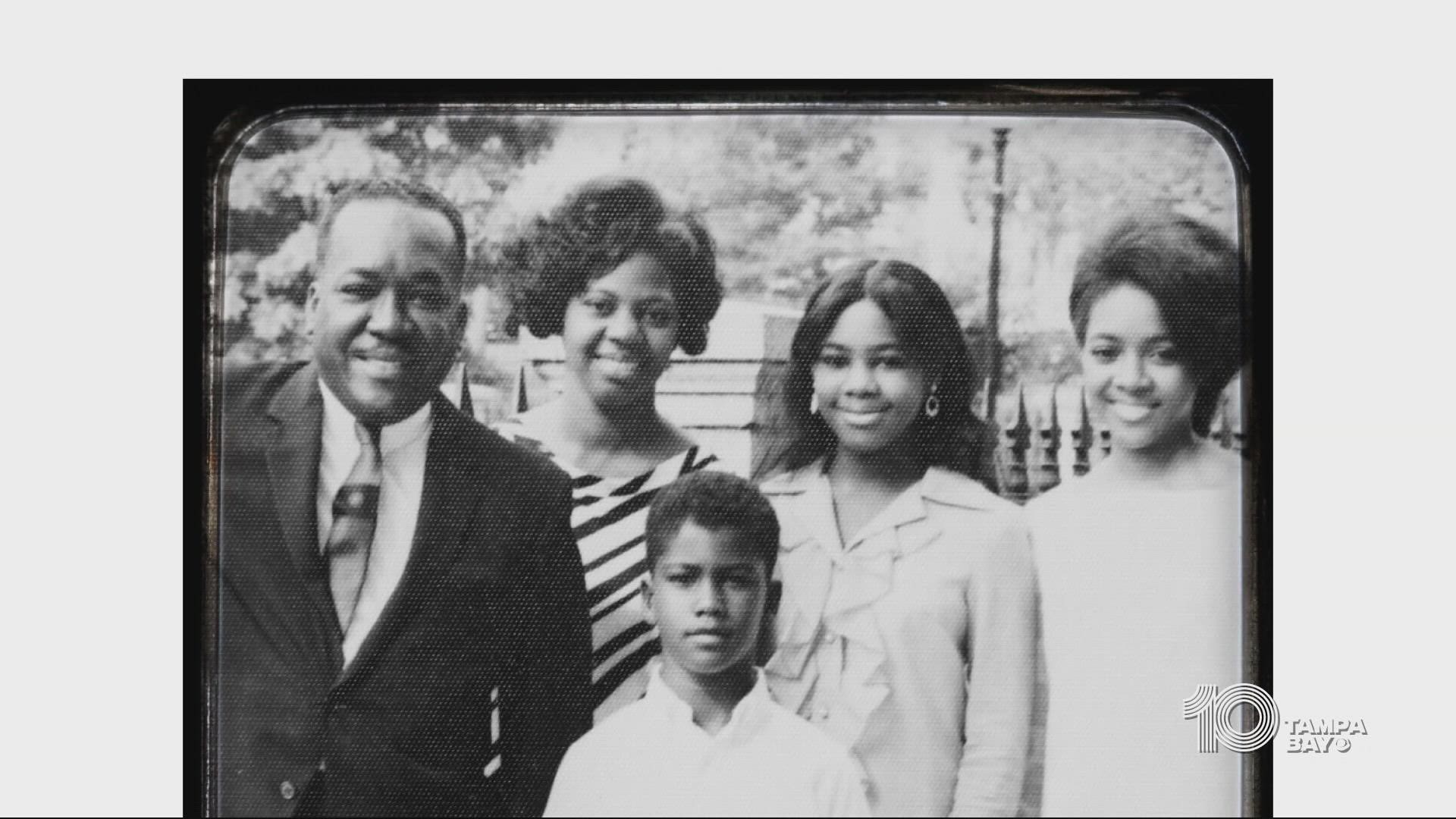TAMPA, Fla. — Afro-Cubans have a unique history in the Tampa Bay area that often gets overlooked.
But tucked away in a tiny building along Ybor City’s 7th Avenue is a tale of triumph through racial tribulation.
"Prior to the end of the war, the Black and white Cubans would fraternize and meet together to discuss common problems," said Francisco Rodriguez Sr. in a 1978 interview.
They often did this at what's known as the Ybor Cuban Club today. But the turn of the 20th century brought change.
"There was a fragmentation between the two races, and each started going his way," Rodriquez said.
Historians say white Cubans forced their Black countrymen out because of the color of their skin. This led Afro-Cubans to form "La Unión Martí-Maceo," their own mutual aid society.
"They named it after two very relevant figures to Cuban history: Jose Marti and General Antonio Maceo,” said Tampa City Councilman Luis Viera. “Both were individuals, who over 120 years ago, believed in a colorblind society at a time when that was a rather radical step to take."
Rodriguez was one of the most well-known leaders of the group.
"He spoke a lot about the need for Cubans to, particularly Afro-Cubans, to stand up to whatever oppression they were facing," Cheryl Rodriguez said. She’s not only a professor at USF, but she’s also his granddaughter.
She says both her grandfather and father served as presidents at some point in time in the history of the organization.
"They had health benefits. They provided burial benefits and for people who might have had some kind of catastrophe in their life, they were there as support," Cheryl Rodriguez said. "It was a place where people talked about their status as sometimes as an oppressed group."
It was a haven from racism and a hub for the community. But soon, pressures of development posed threats.
"Ultimately in the 1960s, urban renewal would pretty much wipe the club off the face of it seems to be off the map of Tampa,” Viera said. “…It would be rebuilt in a different location within Ybor City."
Since then, the society suffered membership has dwindled and today, the club's future is uncertain.
"When we look at these early pioneers, who were kicked out by their fellow Cuban Americans on account of their skin color following the winning of a revolutionary war in Cuba… if we ever allow that institution to be wiped off the map, again, it’s something that is a real violation to what good cities should aspire to,” Viera said.
He says he is looking into possibly using CRA money to help, depending on the society’s needs.

